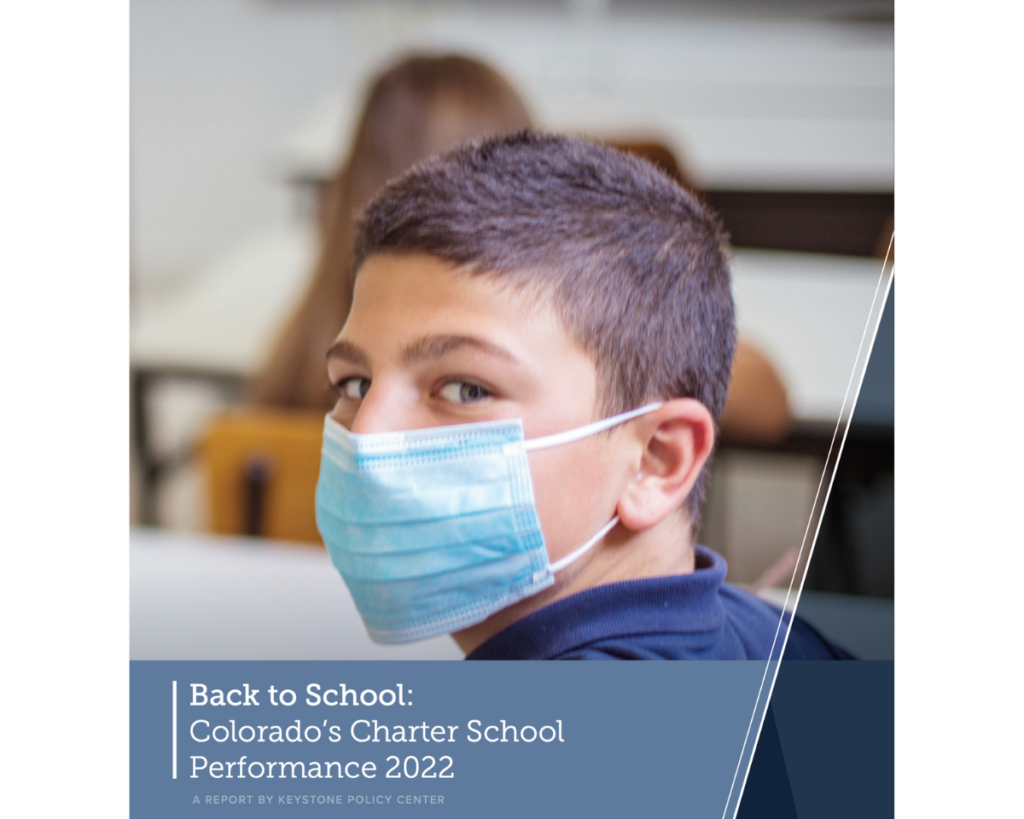A report released this week by the Keystone Policy Center affirms what those of us involved in the public charter school sector already intuitively knew: in many respects, Colorado charter schools weathered the pandemic storm better than most district-run schools.
While learning was disrupted to varying degrees for all students during the past three years, the Keystone report reveals that our state’s charter schools have a lot to be proud of.
Some highlights, in brief:
- 2022 literacy and math test results for public charter schools significantly outpaced those of district-managed schools in grades 3-8.
- The performance gap between charter schools and district-managed schools was wider for schools serving large numbers of students from low-income families. Among charter schools where most students qualify for free or reduced-price school meals, two-thirds of students attend a school that received the state’s highest performance rating. By comparison, at traditional public schools with similar demographics, just 19 percent of students were enrolled in a top-rated school. That’s a huge gap.
- Across all age groups, public charter schools also showed more academic growth than their district-managed counterparts.
The past three years have made clear that all schools and all children face a myriad of challenges. Student performance slipped across the board and is now at levels we have not seen in more than a decade.
The conversation we urgently need to have is one focused on quality rather than governance type. Do all of our students have access to the high-quality public school options they deserve? On that score, the ongoing results from our state’s public charter schools are encouraging, particularly for many of Colorado’s most historically-underserved communities.
Public charter schools showed more resilience coming out of the pandemic for several reasons. Charters are more directly accountable to their communities than schools managed by a large district. That accountability is complemented by more flexibility: school-based control over decisions related to staffing, budgeting, and academic programming.
Simply put, charters can pivot more quickly to adapt to changing circumstances.
While the relative success of charter schools is a reason to be optimistic about the future, it is not a reason to be content with where we are. The Keystone report also makes clear that fewer than half of all students in our state, regardless of school governance type, are meeting grade level expectations in either literacy or math.
Public charter schools do have reason to take pride in the results revealed by the Keystone report and enrollment figures over the past few years, but we must all acknowledge that it will take hard work over an extended period of time to recover fully from the damage wrought on student learning by the pandemic.
What is truly most important is focusing our discussion today and into the future on quality and learning what we can, from wherever we can, to ensure that we’re putting the needs and success of our students first.




